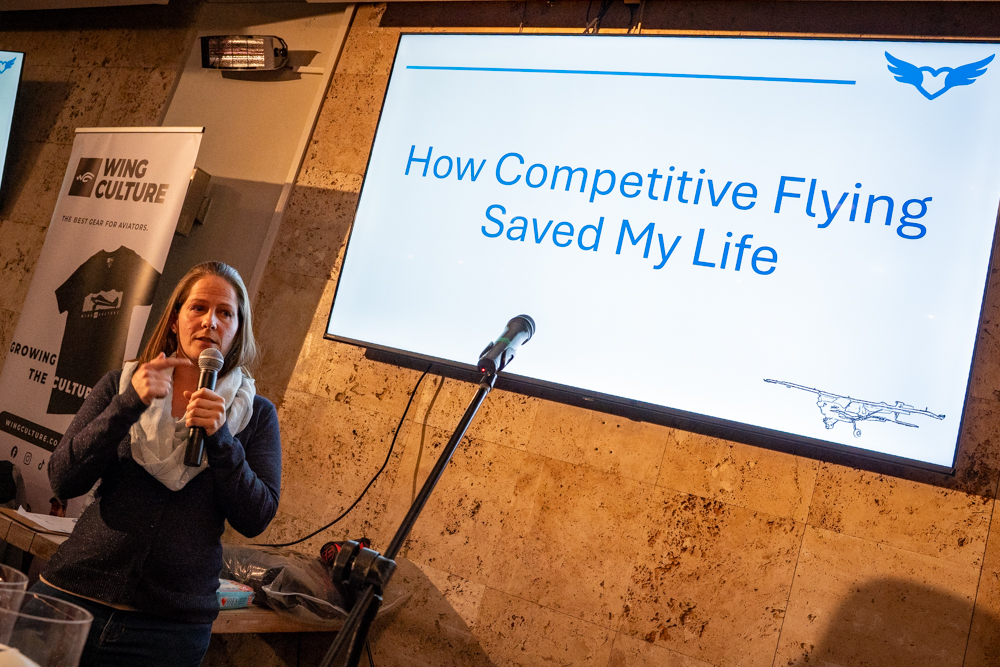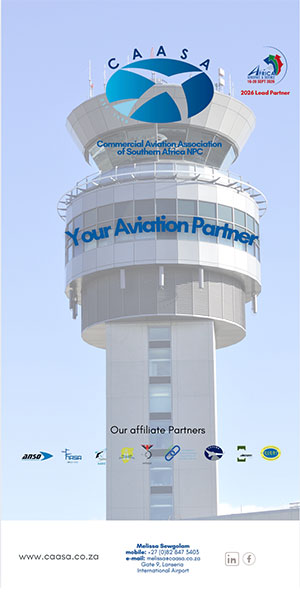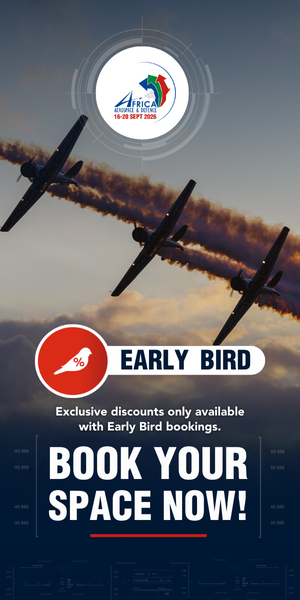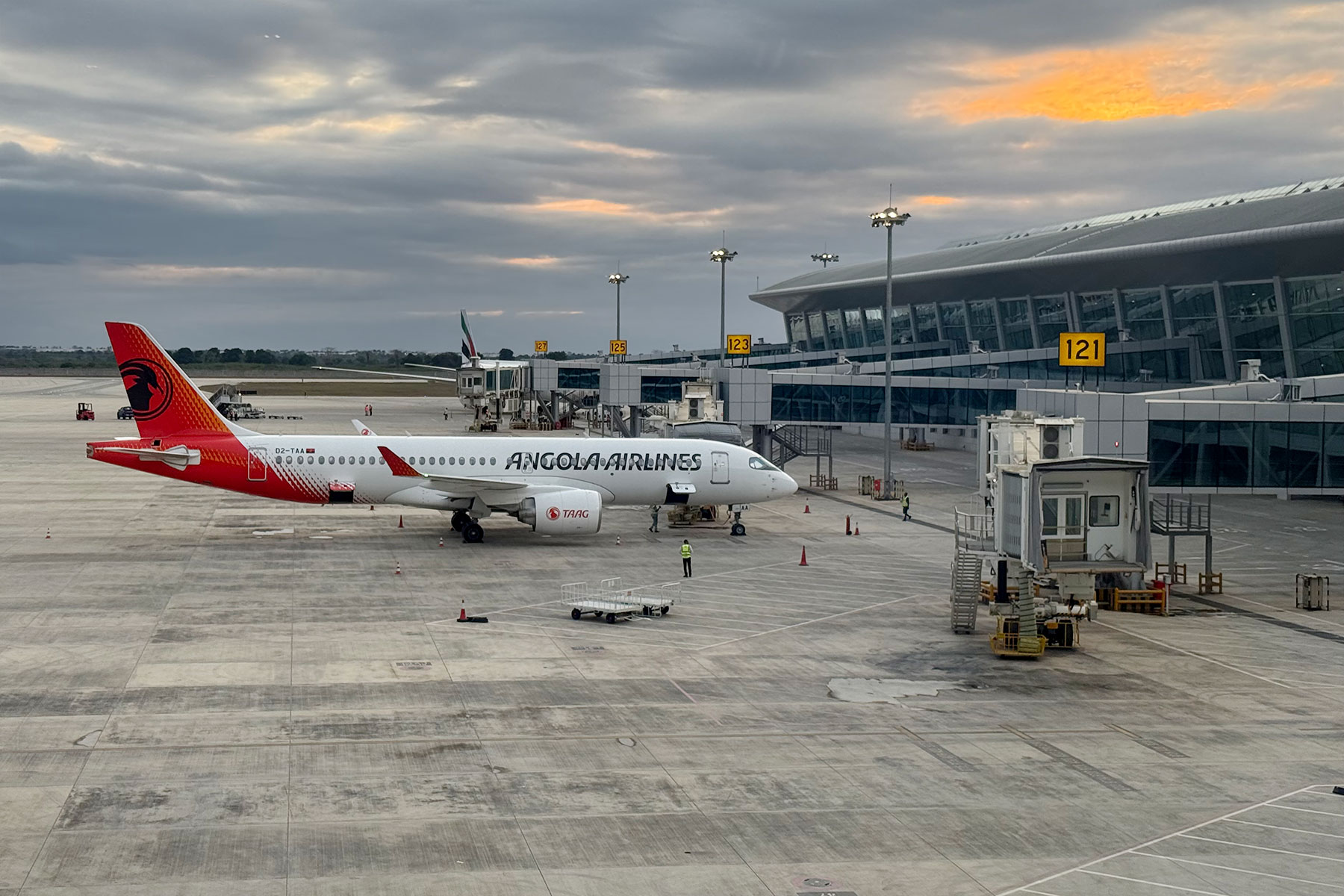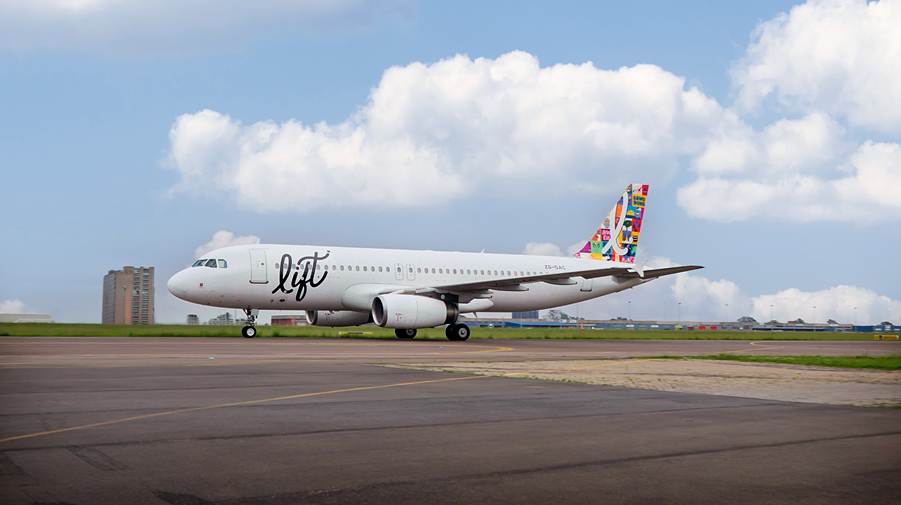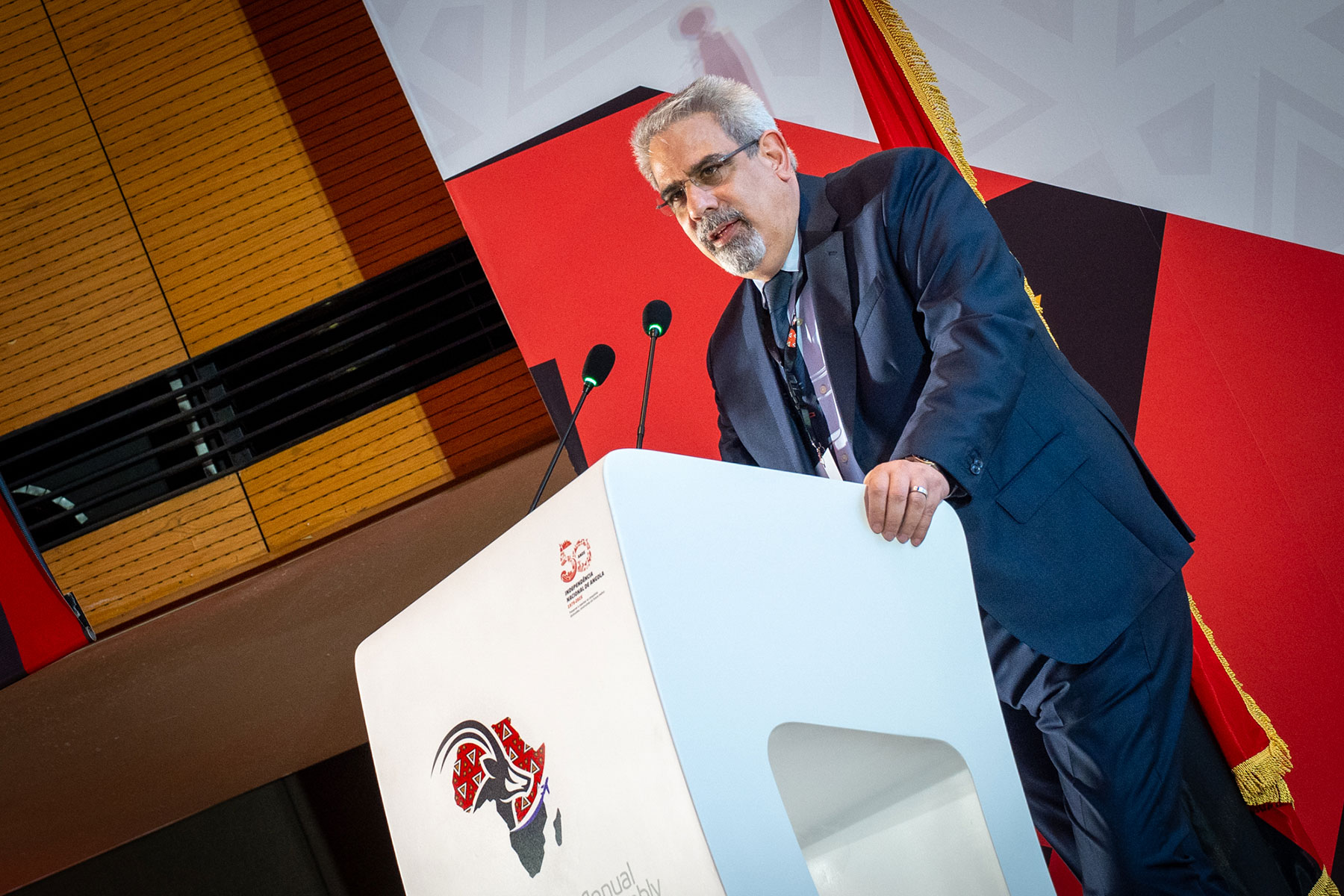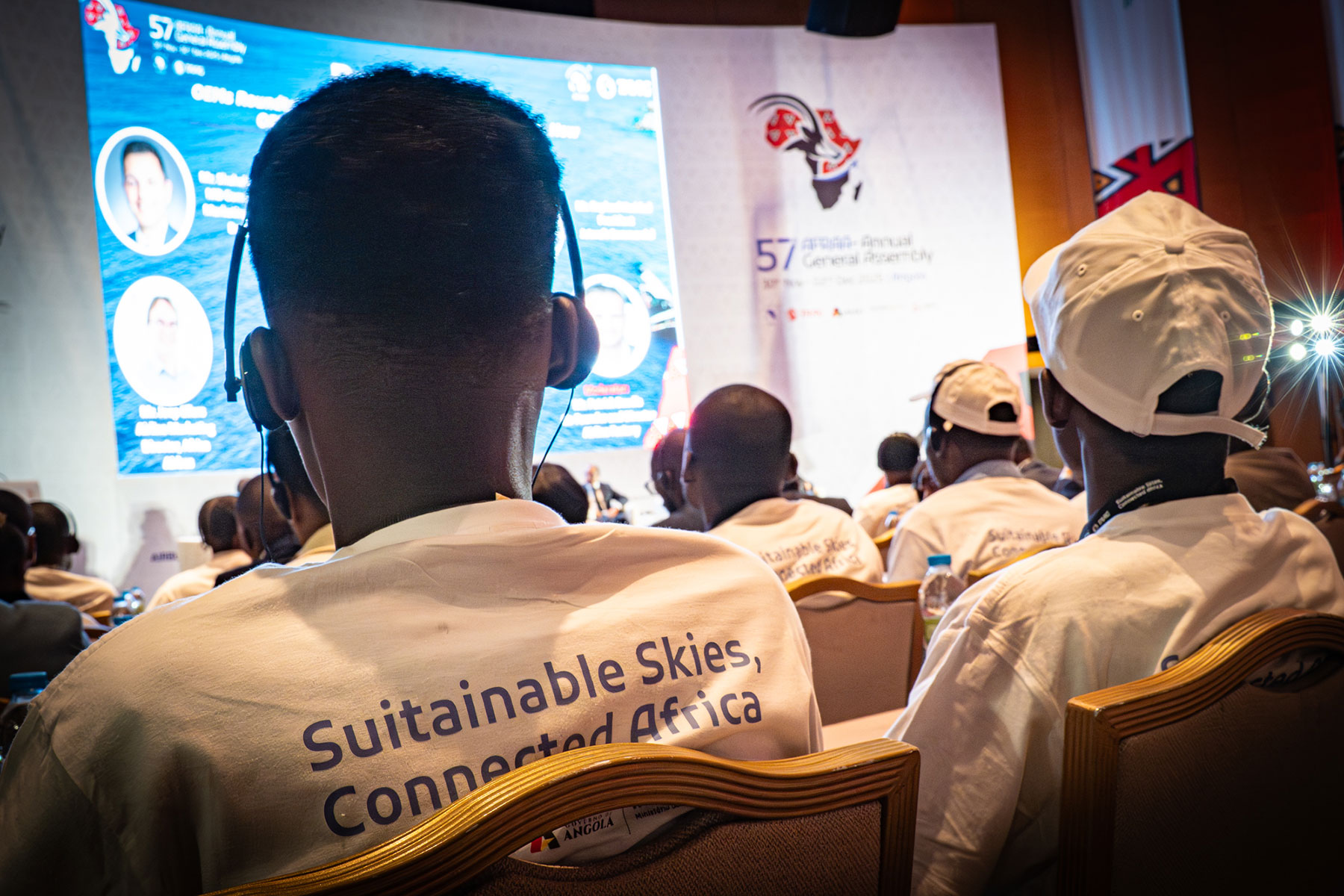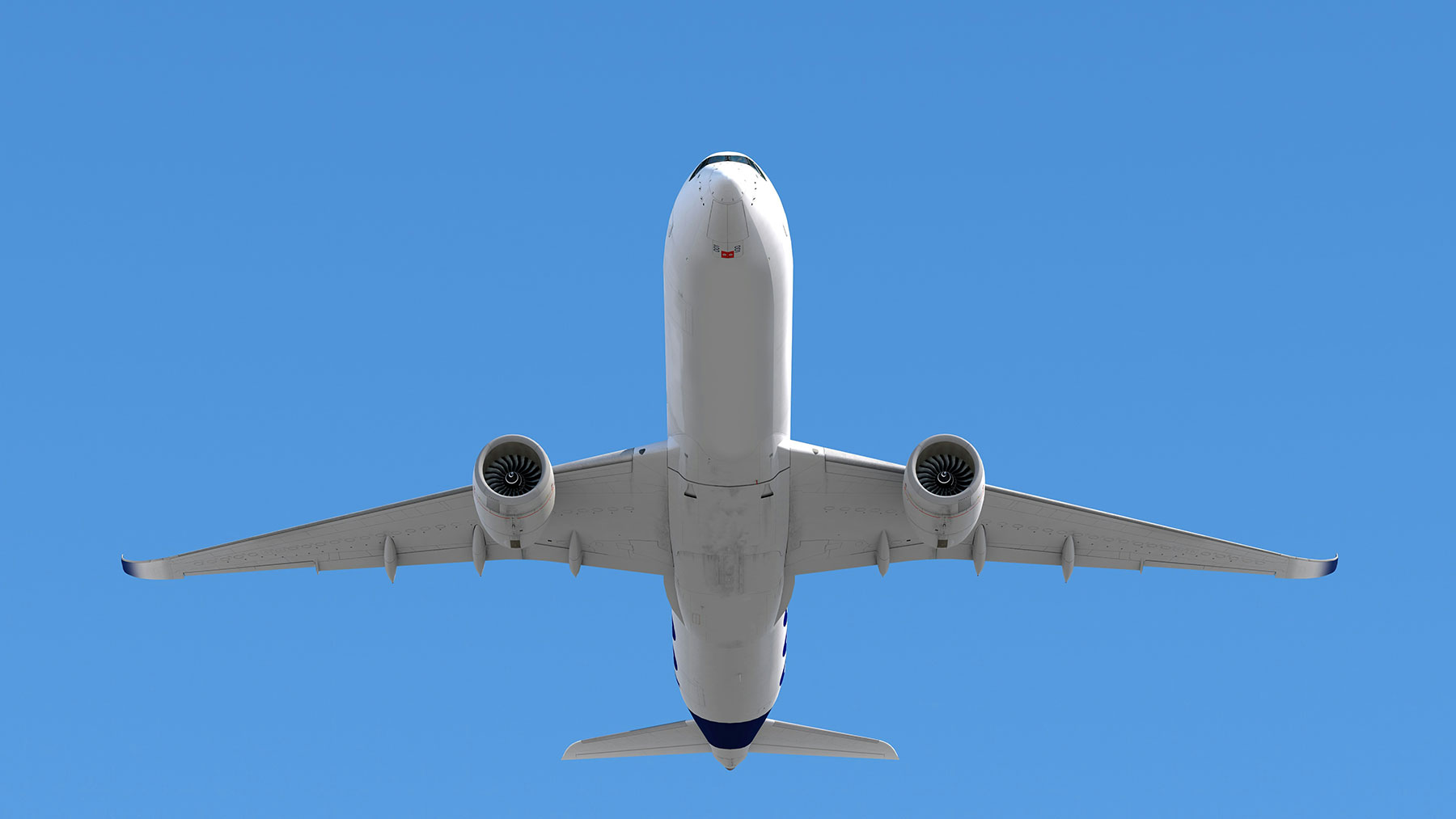At the recently held Safety Symposium, held at Rand Airport, hosted by David le Roux of PilotInsure, pilot and geologist Tarryn Myburgh delivered a clear and impactful talk focusing on the value of competition flying in her development as a pilot, and how the practical skills gained through spot landings and rally flying helped her manage a serious in-flight emergency.
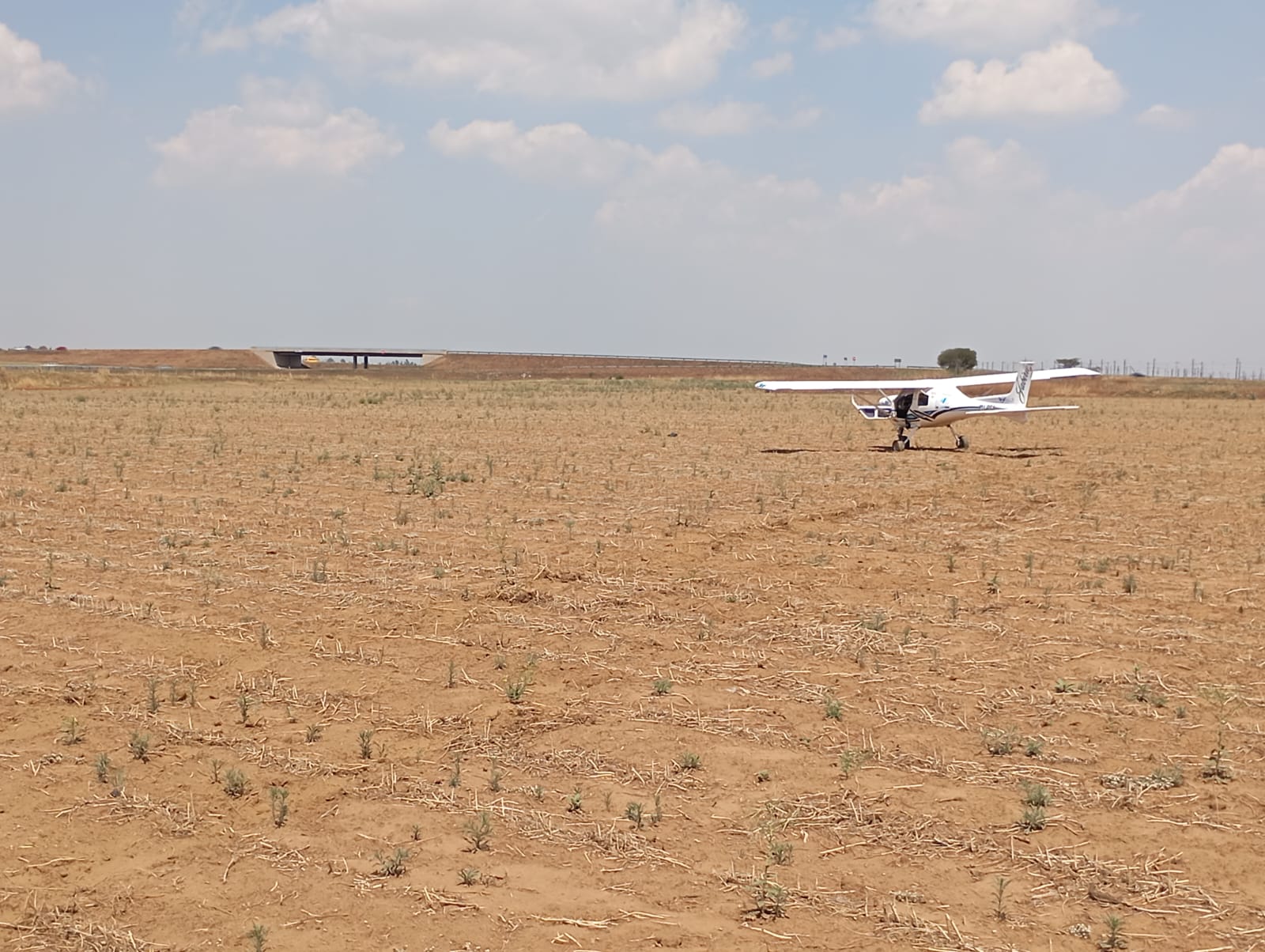
An Aviation Journey Rooted in Passion
Tarryn’s interest in aviation began in childhood, inspired by her father, an aircraft mechanic. Her flying journey, however, only began in earnest in 2014. As a mining consultant, she travelled extensively to remote sites across Africa, Asia and Europe, often by helicopter. These experiences reignited her aspiration to become a pilot.
She earned her Private Pilot Licence (PPL) over nearly five years, balancing work, travel, finances, weather and access to aircraft. After qualifying, she and her husband Ian purchased a Jabiru SP 470, nicknamed “Bonsai.”
Entering the World of Competition Flying
Tarryn and her husband Iaan, began flying with the South African Power Flying Association (SAPFA), starting with Air Navigation Rallies (ANRs), which test a pilot’s ability to navigate within narrow corridors using topographic maps, with penalties for time and course deviations. This led to their participation in speed rallies and spot landing competitions, each introducing new and progressively more complex challenges.
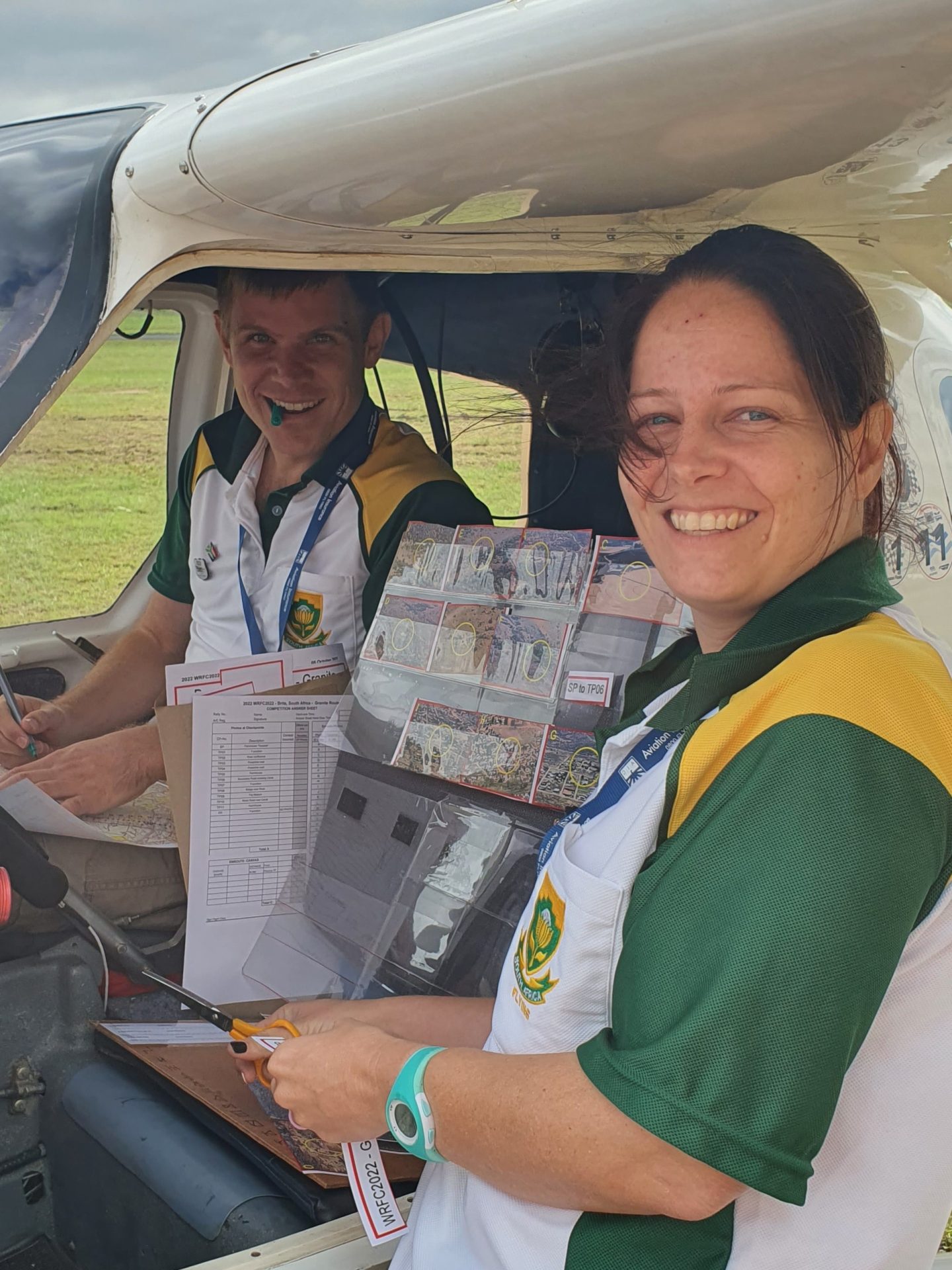
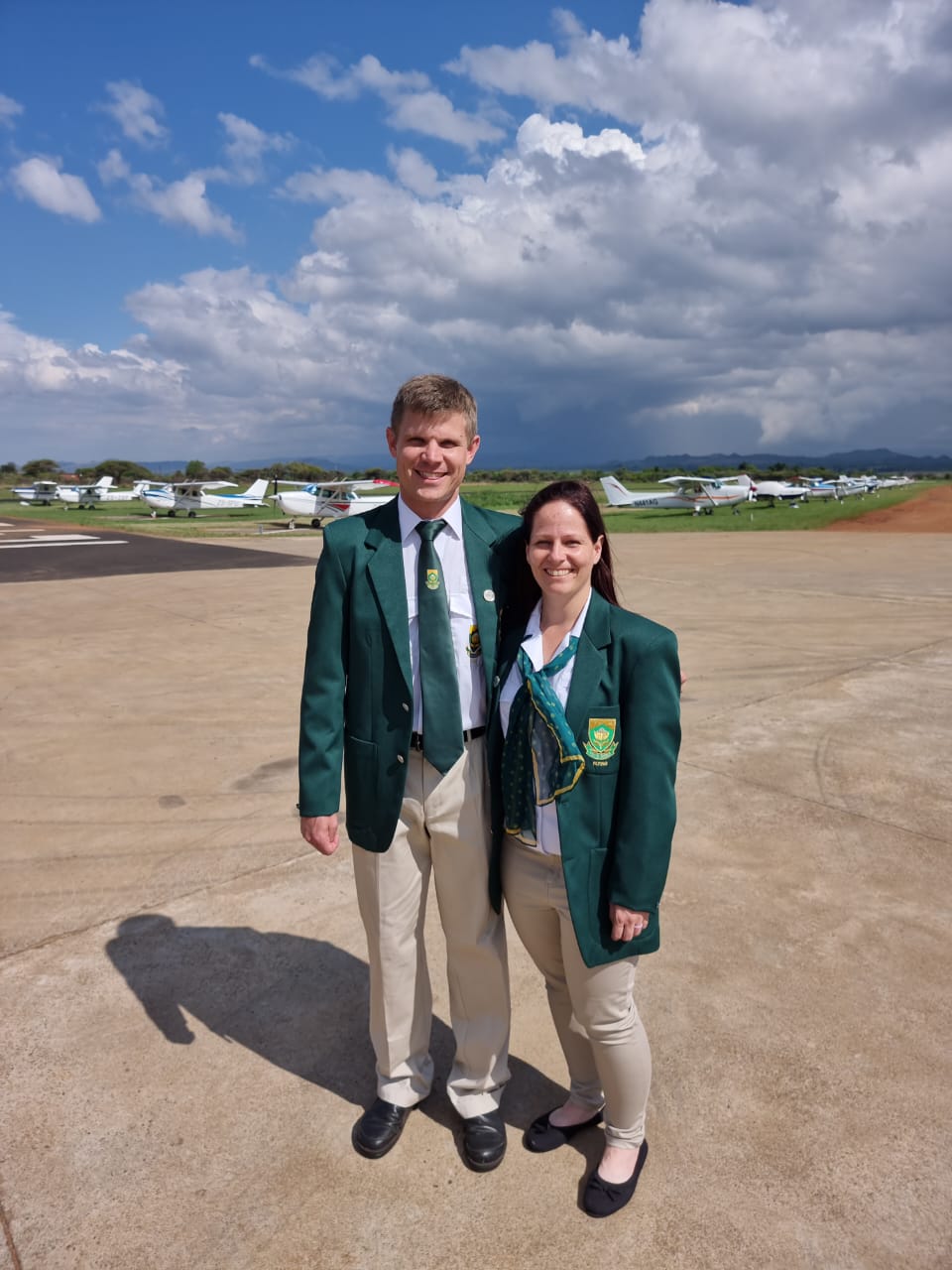
Spot landing events became a key element of Tarryn’s training. These simulate emergency scenarios through a series of precision landings: a standard power-on approach, an engine-out glide with flaps, and an engine-out glide without flaps. The objective is to land as close as possible to a defined two-metre line, refining both accuracy and decision-making under pressure.
Building on this foundation, Tarryn and Ian progressed to rally flying and ultimately qualified to represent South Africa at the World Rally Flying Championships in 2022 (Brits) and again in 2023 (France), where they earned their Protea colours.
The Engine Failure: October 2024
In October 2024, Tarryn’s training was tested for real.
Shortly after collecting her aircraft from an annual service at Springs, Tarryn experienced an engine management system fault. After investigating and confirming normal readings post-reset, she took off toward Brits to practise spot landings ahead of a competition.
Moments into the flight, a violent vibration signalled trouble. Initially considering a diversion to Petit Airfield, she chose instead to turn back toward Springs. During the turn, the engine stopped entirely, “dead with a violent bang.”
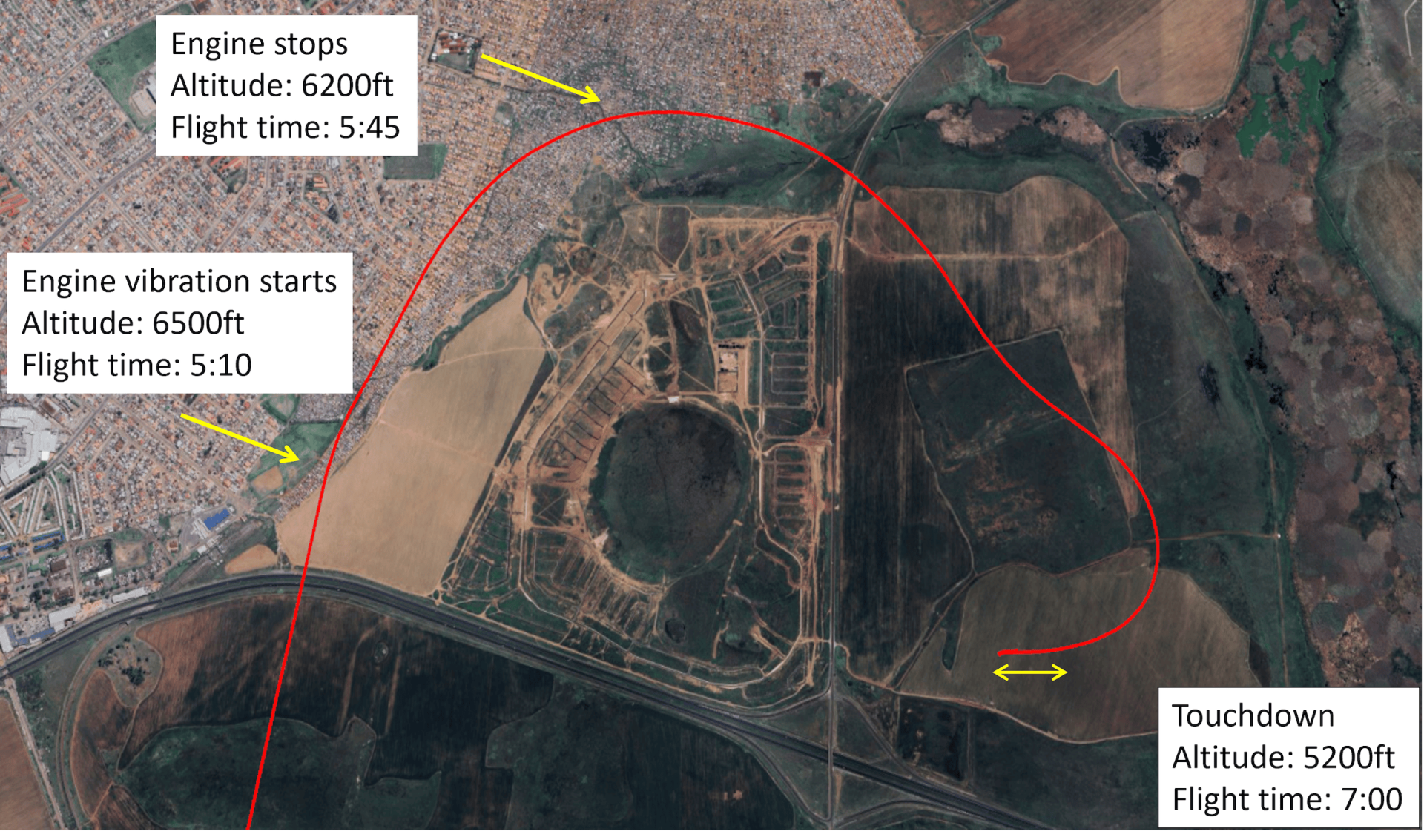
Now fully committed, she scanned the area. A field directly beneath her, ploughed, dry, and empty, became the only viable option. Drawing on her spot landing training, she executed a textbook emergency landing:
- Maintaining speed and glide discipline under pressure
- Choosing an appropriate circuit pattern
- Making precise turn decisions without rushing
- Touching down within 150 metres in a Jabiru, a very short distance
- Avoiding obstacles except for a minor rim impact with a rock
That “spot landing muscle memory” kicked in. “I was set up like I was on downwind in a spot landing competition,” she explained. “Don’t turn too early. Don’t panic. Fly the plane.”
Key Takeaways
- Timing: The vibration began 5 minutes and 10 seconds into the flight. The engine stopped at 5:45. She touched down at 7 minutes.
- Altitude: She was at 6,500 feet when the problem started and was able to glide around 4.5 km.
- Decision-making: Turning away from the built-up area of Daveyton likely avoided a far worse outcome.
- Preparedness: Her heart rate spiked from 113 to 160, but her training helped her remain focused.
- Aftermath: She contacted search and rescue and received assistance within 20 minutes. No injuries were reported.
A later inspection revealed a piston failure, with fragments found in the sump, well before the engine’s expected overhaul time.
Practice That Pays Off
Tarryn made it clear that competition flying, particularly spot landings and rally flying, gave her the skills she needed when it mattered most. Through repeated exposure to simulated emergencies, she built the confidence and muscle memory to manage a real one.
She encouraged other pilots to embrace shared learning opportunities, fly with others and take part in structured flying disciplines to better understand their own aircraft, abilities and limits.
Her final message was that safety comes from preparation, not luck—and that learning from each other is just as important as the flying itself.
The African Pilot team extends its best wishes to Tarryn and Iaan as they once again take to the skies to represent South Africa at the World Rally Flying Championships in Ferrara, Italy, this September.
